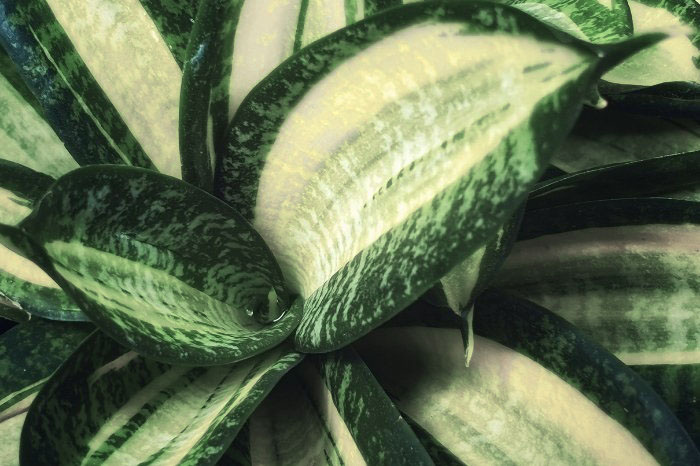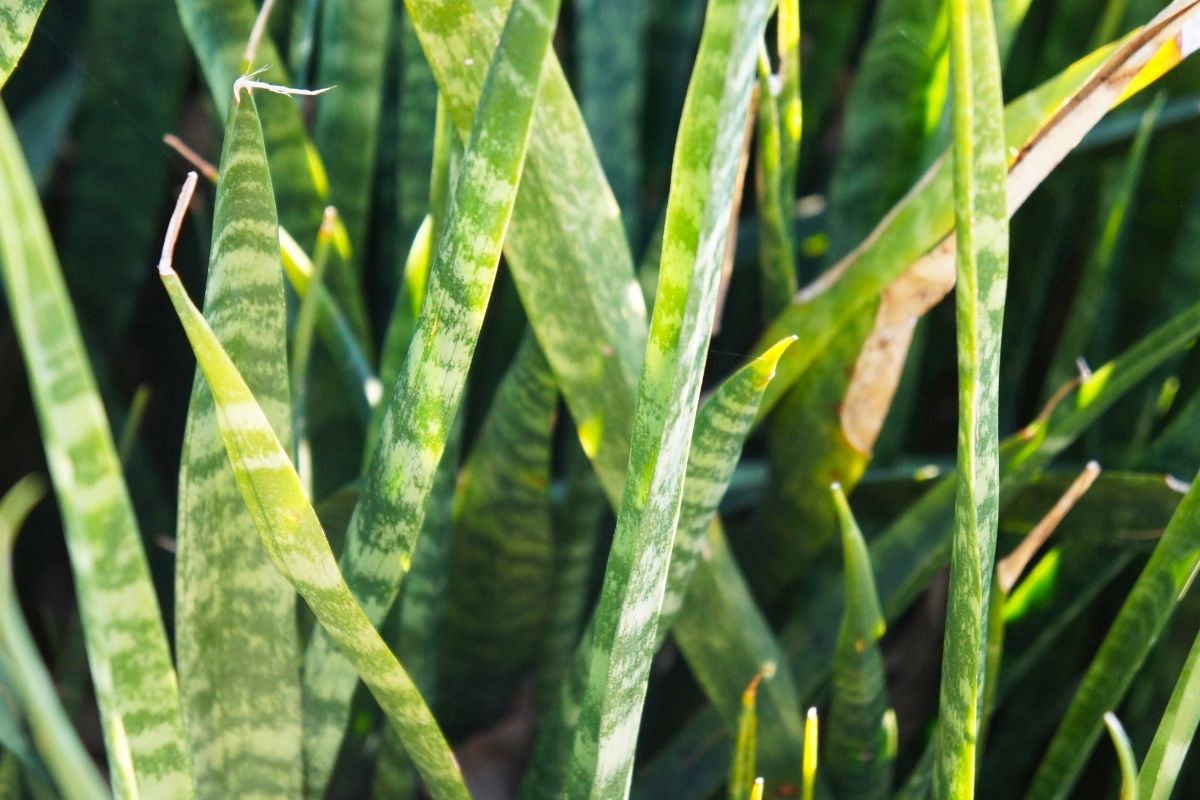Last Updated on September 14, 2022 by Griselda M.
Do you know what causes snake plant scarring and how to treat this problem? In this article, we will look at all things snake plant scarring and how you can prevent it.
Snake plants are a type of houseplant that comes in a variety of shapes and sizes. Some are upright with long leaves, while others grow in a horizontal position with shorter leaves. They are known to be easy to care for; especially if you choose the right type of soil.
They are one of the most popular houseplants and are also commonly used in greenhouses. The plants come in a range of colors and are generally divided into two main categories: tropical and terrestrial.
Growing snake plants is easy as it’s faced with fewer diseases and pests. There are still some conditions that face these plants that can cause them to die if not treated early enough. Here are a few problems that snake plants face.
Snake Plant Scarring
Snake plant scarring is a condition that occurs when snake plant leaves develop a thick, dark green color. It is caused by a fungal infection that occurs when the plant is stressed. The infection usually affects the top half of the plant. If you notice any discoloration on your snake plant, you should immediately remove the infected leaves.
Another reason may be that your plants are moved or knocked around more than they should be. This can cause marks to appear on the tip of the leaves, or cause discoloration.
Snake Plant Stem Pinching
You may notice that the stem isn’t growing as much as it should be, or isn’t growing many branches. This can eventually lead to the snake plant losing its shape. If you want to avoid this problem, it is recommended that the stem pinch every so often; this encourages new buds to grow, and branch.
Snake Plant Roots Rotting
Snake plant root rotting is a condition that occurs when the roots rot, and it can be caused by many different factors. The most common reason for this is that the snake plant has been overwatered.
Another factor is that the roots may have been damaged by heavy rain or a storm. If you notice any discoloration on the snake plant’s roots, you should immediately remove the plant from the pot and water it well. You should then cut off the affected roots and put the plant in a plastic bag with an antibacterial solution.
BioAdvanced 701250 Disease Control for Garden Fungicide, 32-Ounce, Concentrate
Snake Plant Stem Drooping
Snake plant stem drooping occurs when the stem of the plant gets too long and sags down, and it can be caused by the plant not being pruned enough. If you notice that the stem of your snake plant is drooping, you should immediately trim the bottom leaves and prune the stem to the desired length. If you are growing a snake plant in a container, you should also check the drainage holes at the bottom of the pot to make sure they are clear of any debris blocking them.
Read more about Growing Snake Plants In An Outdoor Container
Snake Plant Stems Turning Brown
Snake plant stems turning brown occurs when the stem of the plant turns brown because the stem is not getting enough sunlight. Snake plants need lots of light, and if they do not get enough light, they will turn brown and may die.
If you notice that the snake plant’s stems are turning brown, you should move it to a bright location where it gets full sun, all day.
Click Here to Get Info About:
- Are There Any Other Plants Similar To Snake Plant?
- Can You Pour Coffee On Plants And How Does It Help?
Snake Plant Stems Turning White
Snake plant stems turn white because the stem is not getting enough water. Snake plants need lots of water, and if they do not get enough water, they will turn white and may die. If you notice that the snake plant’s stems are turning white, you should water it often, and keep the soil moist. If you are growing a snake plant in a container, you should also make sure that there are drainage holes in the bottom of the pot.

In Conclusion
Snake plants are easy to care for and should make a good addition to your home. They are a great way to brighten up a dark room or to provide outdoor space with some extra color.
However, you’ll need to take care of this plant to prevent common problems like snake plant scarring and leaf drop.
FAQs
Why Are the Leaves of my Snake Plant Scarred or Splitting?
Leaves of many species of snake plants, including snake plants have a characteristic pattern of yellowish-brown spots on their surface. This is caused by a fungal disease called leaf spot. Leaf spots are common on snake plant foliage and may be difficult to see. However, if the spots become darker in color, then the plants are suffering from a more serious problem.
What Happens if a Snake Plant Leaf Breaks?
If a snake plant leaf breaks, it should be pruned immediately to leave a clear edge that will help to prevent re-growth.
How Do You Regrow a Broken Snake Plant?
Snakes plant can grow new leaves. To do this, you need to remove the damaged leaves and cut off the bottom of the plant. Then, you need to place the plant in bright light for at least 2 weeks. This will allow the new growth to appear. If the plant does not show any signs of recovery after 2 weeks, then it needs to be replaced.
How Long Does it Take For a Snake Plant to Recover?
Snake plants will recover in approximately 1 month. After 2 months, the plant will be ready to be repotted. This means that it is time to change the potting medium.
Caroline is a gardener who loves to get down to the nitty–gritty of gardening. She proudly proclaims herself as a ‘dirt worshipper‘ and can often be found deep in the garden, covered in soil and singing to her plants. As a self–proclaimed ‘plant whisperer‘, Caroline believes that plants need love and attention just like any other living thing, and she loves to give them both. When she‘s not tending to her garden, you can often find her researching the latest gardening trends, or teaching others how to make their gardens thrive



